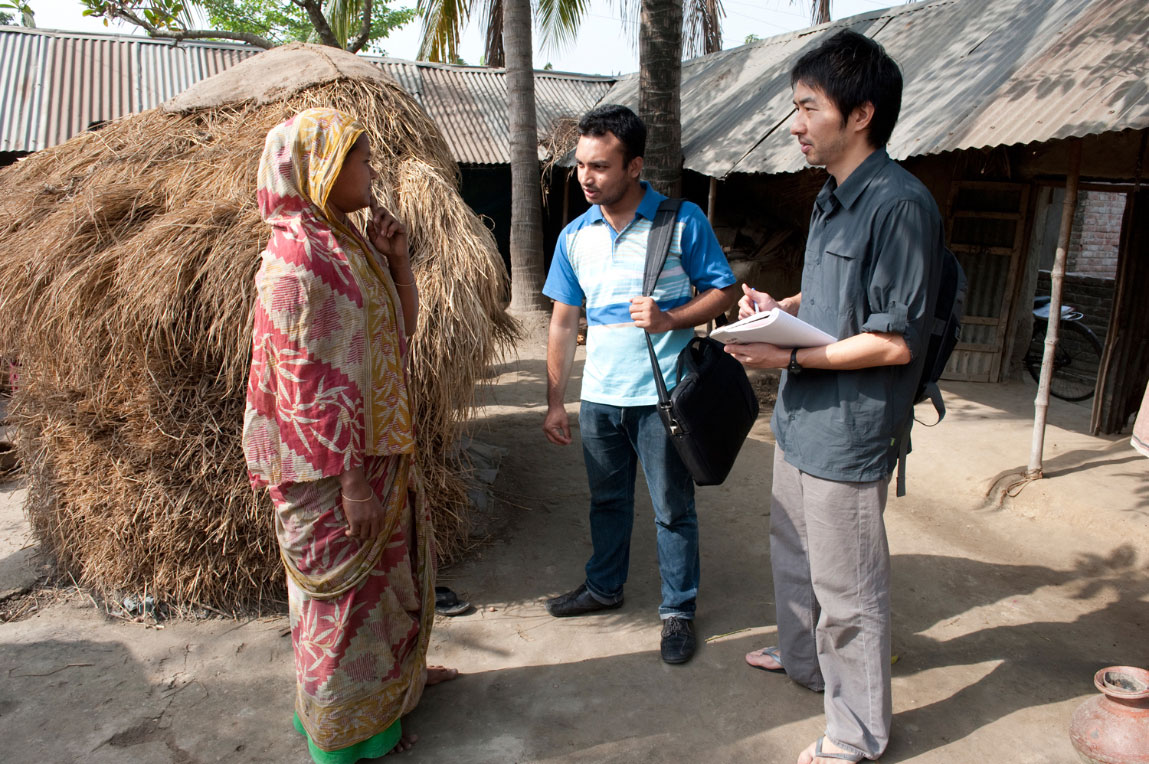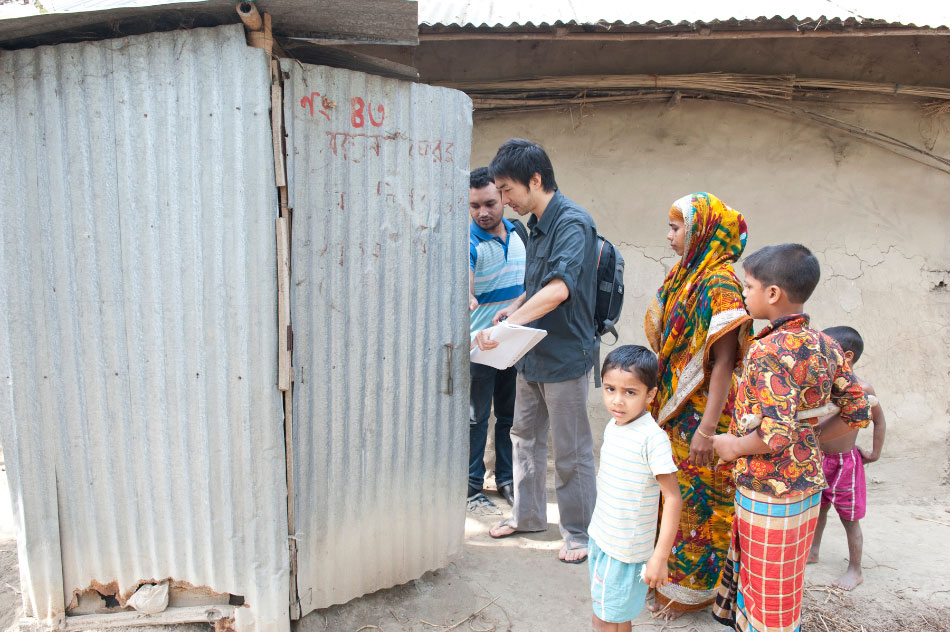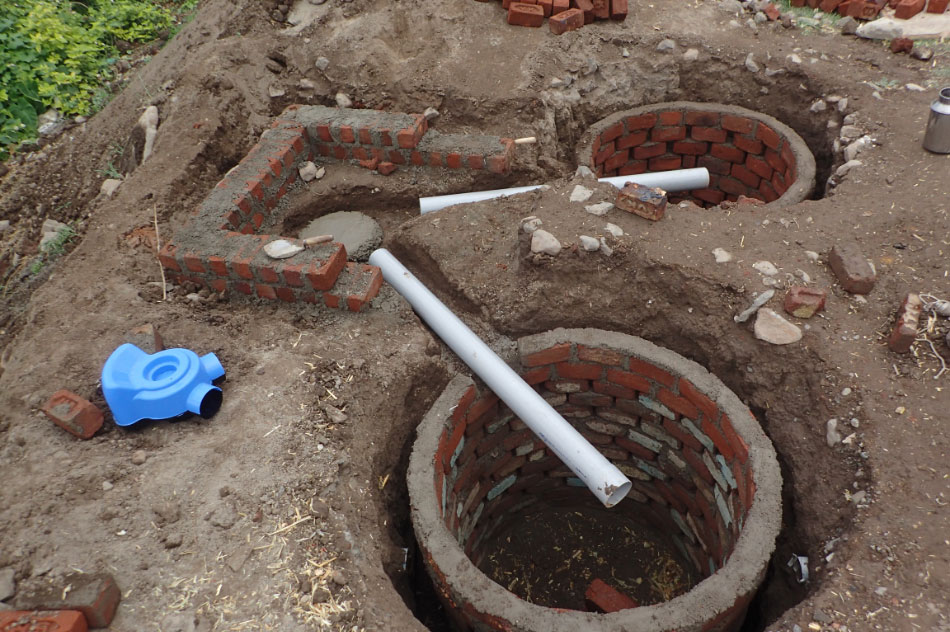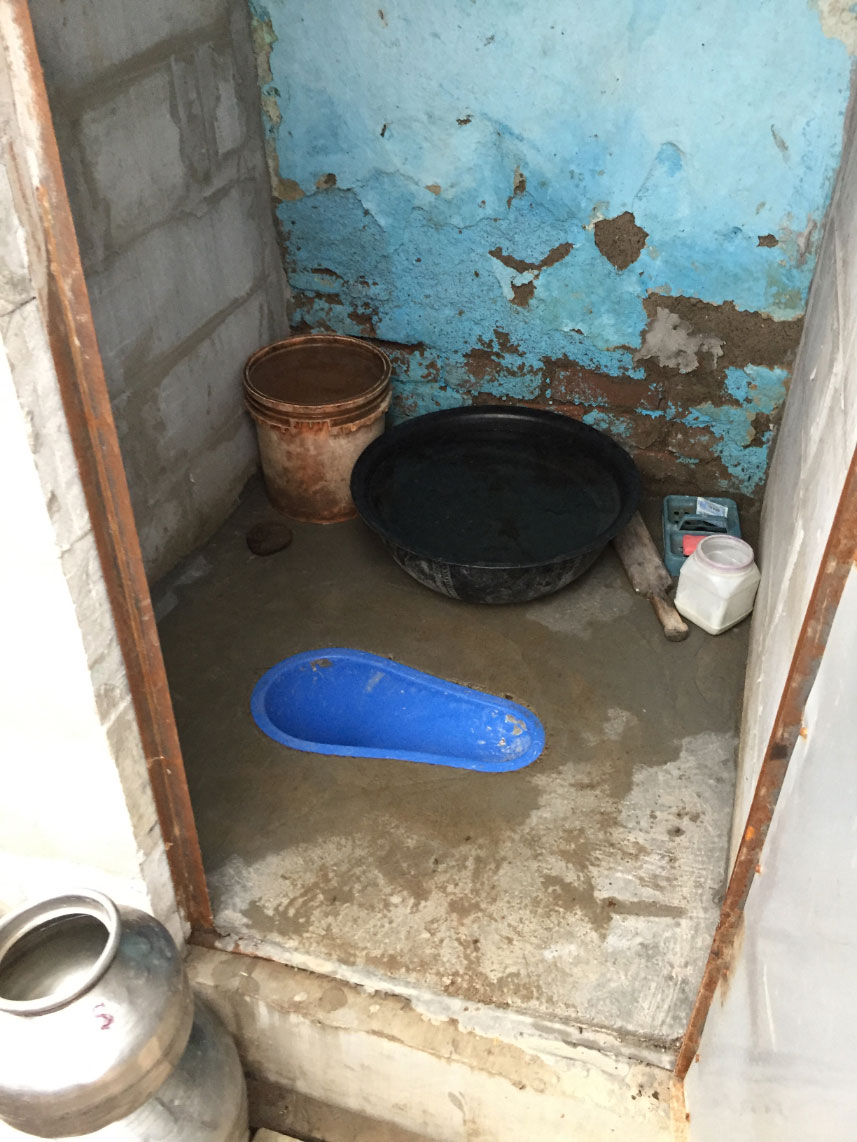Daigo Ishiyama is Director of Marketing and Technology at SATO. He’s also the designer of the ground-breaking solution to the sanitation crisis, the SATO toilet pan.
Daigo joined American Standard, a part of LIXIL, in 2002.
LIXIL is known worldwide for its home and bathroom products, but as Daigo soon discovered, those comforts remain out of reach for the billions of people without access to safe sanitation.
To tackle this global challenge, his team needed to start somewhere. After successfully applying for funding from the Bill and Melinda Gates Foundation through an initiative called Reinvent the Toilet Challenge, Daigo and the team set their sights on Bangladesh.
It was 2012, and Bangladesh was ready for a new sanitation solution. Though previous sanitation campaigns by the government had been successful and most people used toilets, the current toilet models still had many problems. The team decided to investigate the current state of Bangladeshi toilets to see if they could find a creative solution.

Defining the problem
Daigo’s team touched down in Rajshahi, Bangladesh in March 2012. With the help of global NGO iDE, the team went house to house talking to everyday people affected by unsafe sanitation. They gathered insights and stories from latrine producers, NGOs, hardware manufacturers and distributors, and dozens of households.
At a talk with sanitation practitioners in September 2017, Daigo said this experience taught him “the importance of being on the ground.”
“I can’t smell a latrine from my desk,” he said, “so I’ve really got to go there and understand what people are going through.”
During this trip, the team uncovered Bangladesh’s main issues with sanitation. For one, open pit latrines produced odors and flies that became a constant presence in at-risk communities.
Secondly, existing solutions required excessive amounts of water to flush. But water was often lacking, leading to clogged—and unusable—toilets.
Developing prototypes
Armed with these insights, Daigo and his team returned to New Jersey to start developing prototypes.
They sketched concept designs on paper, refined them in CAD models, then brought them to life as polyurethane prototypes, developed in-house.
Daigo decided to make the toilet pans out of polypropylene plastic to keep costs down, ensure a long product life, and make maintenance easy. (Today, pans are available for less than $10 USD.)
The team settled on two prototypes. One improved the existing Bangladeshi toilet design and required less water to flush. The other added a trap door to the bottom of the toilet that opened only when in contact with waste or water. The trap door closed tightly to keep odors in and flies out.


Field-testing
The two prototypes were shipped to Bangladesh and field-tested from September to November. At the end of the year, Daigo’s team returned to see what homeowners, latrine makers, hardware professionals, and NGOs thought about the two designs.
Overwhelmingly, they chose the trap door design. This toilet reduced odors and insects and dramatically reduced the water needed to flush. With this, the first-generation SATO toilet was born. (The name comes from SATO’s desire to provide a Safe Toilet [SaTo] to everyone around the world.)
Production
To find a manufacturing partner in the region, Daigo emailed every plastic supplier he could find in the Dhaka region to set up a meeting. He got in contact with Southeast Asia’s largest resin converter RFL, boasting more than 2,000 outlets across the country. RFL agreed to help SATO make molds for the new toilet pan and produced initial samples by January 2013.
Daigo and his team put the samples through rigorous testing. They baked them in extreme heat and flushed them 900,000 times to test their durability. These tests determined that the toilet pans should last for at least 100 years of normal use in a household of 5 people.
By February 2013, just 11 months into the project, the new SATO pans were approved for sales.

More than 1.8 million toilet pans have been distributed in 26+ countries in Africa, Asia, and Central America
Distribution
Daigo realized the best way to get SATO’s solution into more Bangladeshi homes was to cooperate with public sanitation campaigns while leveraging the reach and reputation of RFL as a local manufacturer and distributor.
Plus, to kickstart the product’s launch, American Standard ran a campaign in the US called Flush for Good that promised a donation of one SATO toilet to an affected area for each purchase of a certain product. Consumers bought hundreds of thousands of toilets during the campaign.
At the same time, NGOs like BRAC and WaterAid, already moving to increase awareness and build toilets in the region, realized the potential of these SATO toilet pans and helped to distribute approximately 500,000 donated toilets in Bangladesh over the next several years.
Soon, SATO was a well-known brand in the area. And with RFL’s reach, SATO became available almost everywhere. The team never had to market the product in Bangladesh, Daigo explained. “People come into hardware stores asking for SATO toilets.”
Today, SATO continues to use this design process to create unique solutions for each new market. More than 1.8 million toilet pans have been distributed in 26+ countries in Africa, Asia, and Central America (as of March 2019).
The future of SATO design
Daigo’s designs have won a number of awards, including the Ethical Corporation Responsible Business Awards’ 2018 Innovation of the Year Award, a Red Dot Award 2018 Honorable Mention, and the Patents for Humanity Award in 2015.
But Daigo sees more for the future of SATO.
The global sanitation crisis is now moving its focus to “safely-managed sanitation,” Daigo explained. More than half of the world (4.5 billion people) goes without it. The next goal of SATO’s design, then, is to provide solutions for waste management.
“We’re looking at partnering with different technology to treat waste,” Daigo said.
Daigo’s vision of the future is one in which the private sector partners with the public sector to solve problems together. “I think that sanitation is everyone’s problem. There are a lot of great minds and great people working in sanitation. But there have to be tools to get their solutions out there.”
He sees SATO as a vehicle for helping solutions come to fruition. “It doesn’t really matter where good solutions come from,” he explained. “The benefit is for the end user.”
